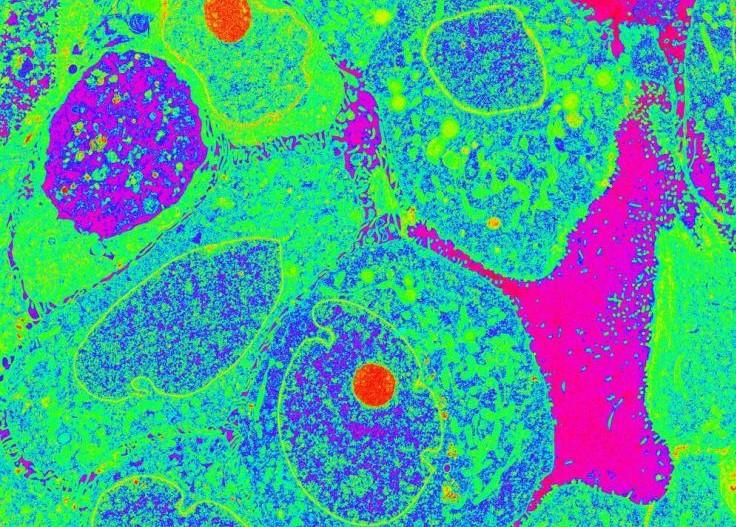
Primary Investigator
Meet Gloria Echeverria, Ph.D., assistant professor, molecular and cellular biology and PI for the Echeverria Lab.
Elucidating the Molecular Evolution of Triple Negative Breast Cancer
About the Lab

Our goal: Tackling the metabolic and mitochondrial evolution of therapeutic resistance in triple negative breast cancer (TNBC)
We investigate the evolution and adaptations of triple negative breast cancers (TNBCs) as they resist therapies and metastasize to secondary organs with a focus on mitochondria, metabolism, and intra-organellar communication. We leverage state-of-the-art technologies in clinically relevant experimental models of TNBC (namely human patient-derived xenograft, PDX, mouse models, and human tumor cell lines) to discover important mechanisms underpinning resistance. We translate those insights into preclinical testing of mitochondria-targeting therapies. Our ultimate goal is to translate our laboratory findings into clinical trials to benefit TNBC patients.









